(-)PPP
Synonym(s):(−)PPP;IGF-1R Inhibitor, PPP - CAS 477-47-4 - Calbiochem;Insulin-like Growth Factor-1 Receptor Inhibitor, Picropodophyllin
- CAS NO.:477-47-4
- Empirical Formula: C22H22O8
- Molecular Weight: 414.41
- MDL number: MFCD01742647
- SAFETY DATA SHEET (SDS)
- Update Date: 2024-11-19 23:02:33
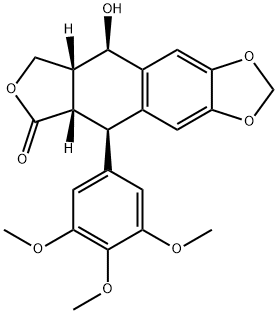
What is (-)PPP?
Description
Picropodophyllotoxin (477-47-4) is a potent and selective inhibitor of insulin-like growth factor 1 receptor (IGF1R) which is non-competitive with ATP.1?Displays no activity at IR, EGFR, FGFR or PDGFR. Inhibits IGF1R autophosphorylation IC50 ~ 1 nM.1?Displays antiproliferative activity in numerous tumor cell lines, IC50 = 0.05 – 15 μM.2 Exhibits antiangiogenic activity.3?Picropodophyllotoxin attenuates intimal hyperplasia after vascular injury.4?Active in vivo.
The Uses of (-)PPP
Insulin growth factor 1 receptor inhibitor, antineoplastic
The Uses of (-)PPP
Picropodophyllotoxin is an insulin-like growth factor-I (IGF-I) receptor kinase inhibitor
What are the applications of Application
IGF-1R Inhibitor, PPP is a non-competitive inhibitor of IGF-1R and apoptosis inducer, with antineoplastic activity.
Definition
ChEBI: An organic heterotetracyclic compound that has a furonaphthodioxole skeleton bearing 3,4,5-trimethoxyphenyl and hydroxy substituents.
General Description
Poly(2,5-bis(3-sulfonatopropoxy)-1,4-phenylene, disodium salt-alt-1,4-phenylene) (PPP-OPSO3) is a water soluble conjugating polymer that can be used as a donor molecule. It has a poly(p-phenylene) skeleton with each repeating unit having two phenylene groups. It can be used for a variety of optoelectronic applications.
Biological Activity
Orally active insulin-like growth factor 1 receptor (IGF1R) inhibitor that exhibits no activity at the insulin receptor, FGFR, PDGFR or EGFR. Inhibits IGF1R autophosphorylation (IC 50 ~ 1 nM), increases the fraction of cells in the G 2 /M phase and upregulates apoptosis. Exhibits antiproliferative effects in multiple cancer cell lines (IC 50 = 0.05 - 15 μ M), and has anticancer and antineovascularization activity in vivo .
Biochem/physiol Actions
Picropodophyllotoxin (PPP), an epimer of podophyllotoxin (PPT), has been reported to target insulin-like growth factor-I receptor (IGF-IR) and mediate anticancer functions. However, a study in 2007, has reported that PPP can induce G2-M cell cycle arrest even in IGF-IR deficient cells. Hence, the role of PPP in IGF-IR-mediated anticancer functions is debatable.
storage
Store at +4°C
References
1) Girnita et al. (2004), Cyclolignans as inhibitors of the insulin-like growth factor-1 receptor and malignant cell growth; Cancer Res., 64 236 2) Girnita et al. (2006), The insulin-like growth factor-I receptor inhibitor picropodophyllin causes tumor regression and attenuates mechanisms involved in invasion of iveal melanoma cells; Clin. Cancer Res., 12 1383 3) Menu et al. (2007), Targeting the IGF-1R using picropodophyllin in therapeutical 5T2MM mouse model of multiple myeloma: beneficial effects on tumor growth, angiogenesis, bone disease and survival; Int. J. Cancer, 121 1857 4) Razuvaev et al. (2007), The cyclolignan picropodophyllin attenuates intimal hyperplasia after rat carotid balloon injury by blocking insulin-like growth factor-1 receptor signaling; J. Vasc. Surg., 46 108
Properties of (-)PPP
| Melting point: | 225-227℃ |
| Boiling point: | 453.31°C (rough estimate) |
| alpha | D20 +9.4° (c = 0.7 in chloroform) |
| Density | 1.370 |
| refractive index | 1.4480 (estimate) |
| storage temp. | Sealed in dry,2-8°C |
| solubility | H2O: soluble |
| form | powder |
| pka | 13.26±0.40(Predicted) |
| color | white |
| Sensitive | Light Sensitive |
| Stability: | Stable for 1 year from date of purchase as supplied. Solutions in DMSO may be stored at -20° for up to 1 month. |
Safety information for (-)PPP
| Signal word | Danger |
| Pictogram(s) |
 Skull and Crossbones Acute Toxicity GHS06 |
| GHS Hazard Statements |
H301:Acute toxicity,oral H312:Acute toxicity,dermal H315:Skin corrosion/irritation H319:Serious eye damage/eye irritation H335:Specific target organ toxicity, single exposure;Respiratory tract irritation |
| Precautionary Statement Codes |
P261:Avoid breathing dust/fume/gas/mist/vapours/spray. P264:Wash hands thoroughly after handling. P264:Wash skin thouroughly after handling. P280:Wear protective gloves/protective clothing/eye protection/face protection. P301+P310:IF SWALLOWED: Immediately call a POISON CENTER or doctor/physician. P305+P351+P338:IF IN EYES: Rinse cautiously with water for several minutes. Remove contact lenses, if present and easy to do. Continuerinsing. |
Computed Descriptors for (-)PPP
New Products
Tert-butyl bis(2-chloroethyl)carbamate 4-Methylphenylacetic acid N-Boc-D-alaninol N-BOC-D/L-ALANINOL 3-Morpholino-1-(4-nitrophenyl)-5,6-dihydropyridin- 2(1H)-one Furan-2,5-Dicarboxylic Acid Tropic acid 1,1’-CARBONYLDIIMIDAZOLE DIETHYL AMINOMALONATE HYDROCHLORIDE R-2-BENZYLOXY PROPIONIC ACID 1,1’-CARBONYLDI (1,2-4 TRIAZOLE) N-METHYL INDAZOLE-3-CARBOXYLIC ACID (2-Hydroxyphenyl)acetonitrile 4-Bromopyrazole 5-BROMO-2CYANO PYRIDINE 5,6-Dimethoxyindanone 5-broMo-2-chloro-N-cyclopentylpyriMidin-4-aMine 2-(Cyanocyclohexyl)acetic acid 4-methoxy-3,5-dinitropyridine 2-aminopropyl benzoate hydrochloride 1-(4-(aminomethyl)benzyl)urea hydrochloride diethyl 2-(2-((tertbutoxycarbonyl)amino) ethyl)malonate tert-butyl 4- (ureidomethyl)benzylcarbamate Ethyl-2-chloro((4-methoxyphenyl)hydrazono)acetateRelated products of tetrahydrofuran
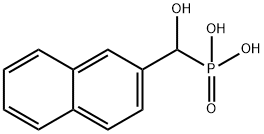
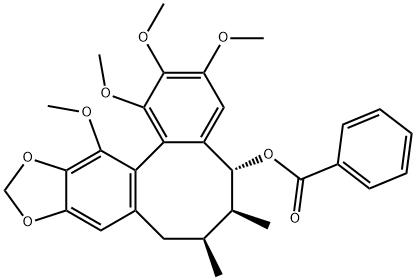
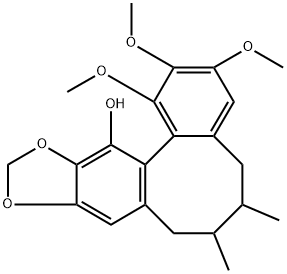
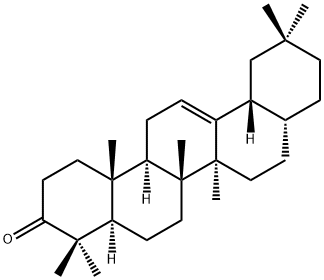
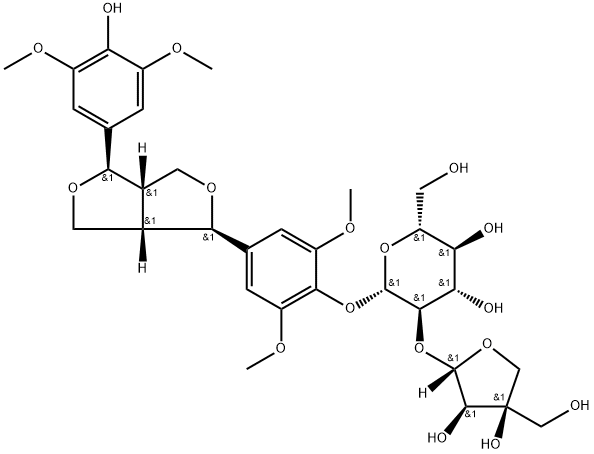
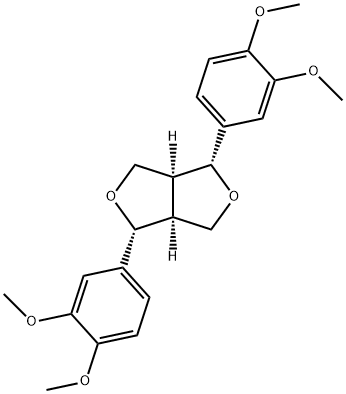
![2-Methyl-3-[(3,4-methylenedioxy)phenyl]propionic acid, 98%](https://img.chemicalbook.in/CAS/GIF/77269-66-0.gif)
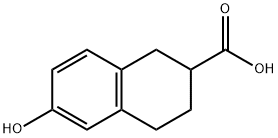
You may like
-
 Picropodophyllotoxin 96.00% CAS 477-47-4View Details
Picropodophyllotoxin 96.00% CAS 477-47-4View Details
477-47-4 -
 IGF-1R Inhibitor CAS 477-47-4View Details
IGF-1R Inhibitor CAS 477-47-4View Details
477-47-4 -
 IGF-1R Inhibitor, PPP CAS 477-47-4View Details
IGF-1R Inhibitor, PPP CAS 477-47-4View Details
477-47-4 -
 1975-50-4 98%View Details
1975-50-4 98%View Details
1975-50-4 -
 2-HYDROXY BENZYL ALCOHOL 98%View Details
2-HYDROXY BENZYL ALCOHOL 98%View Details
90-01-7 -
 14714-50-2 (2-Hydroxyphenyl)acetonitrile 98+View Details
14714-50-2 (2-Hydroxyphenyl)acetonitrile 98+View Details
14714-50-2 -
 118753-70-1 98+View Details
118753-70-1 98+View Details
118753-70-1 -
 733039-20-8 5-broMo-2-chloro-N-cyclopentylpyriMidin-4-aMine 98+View Details
733039-20-8 5-broMo-2-chloro-N-cyclopentylpyriMidin-4-aMine 98+View Details
733039-20-8